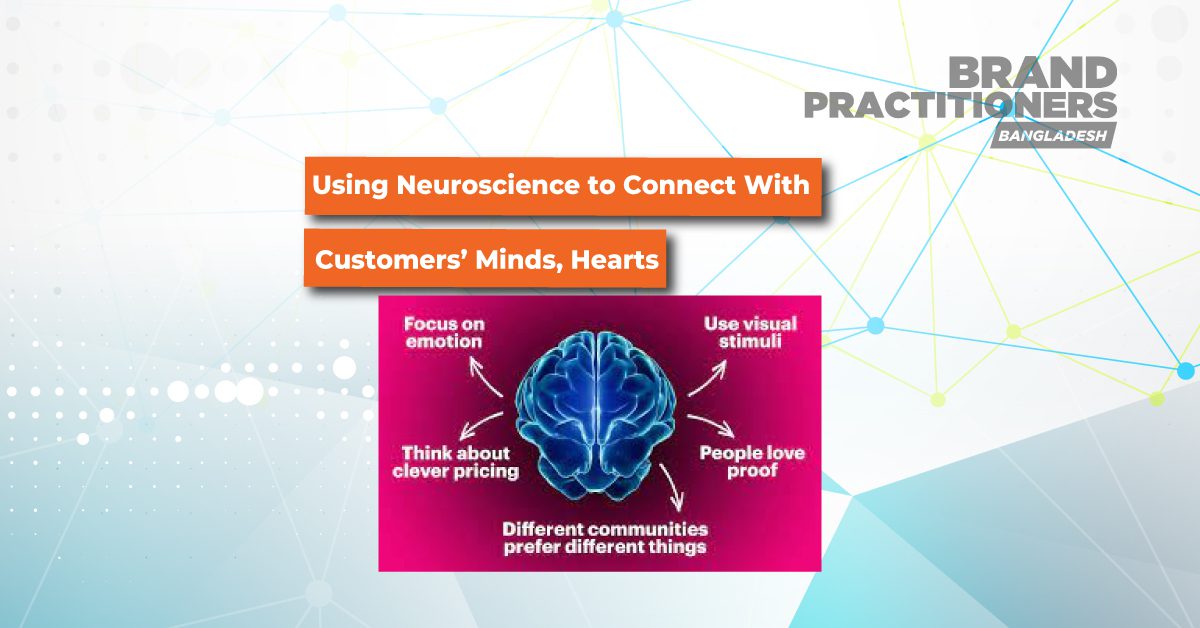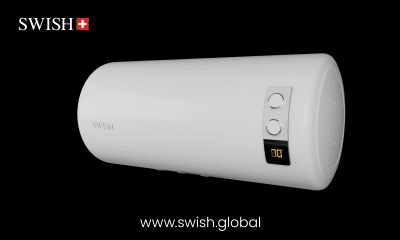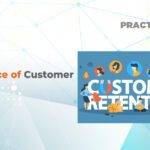“For many CMOs, the future of marketing likely will involve an expanded and more meaningful use of consumer data, including information and insights generated by neuroscientific methods.”
A deeper comprehension of clients’ motivations is often necessary to establish emotional ties with them. These insights are becoming more and more accessible to marketers today thanks to analyses of brain activity and physiological measurements.
With the growth of digital marketing, many businesses have gained access to a sizable and quickly expanding pool of information on their clients and potential clients, ranging from social media usage patterns and browser history to location data provided by mobile devices. While many businesses can now identify the activities a client took, it’s frequently unclear why a person clicked on an advertisement or made an impulse purchase in a store.

By asking consumers about their ideas and motives, market researchers have long tried to close that gap. However, while traditional techniques like surveys and focus groups are useful for many people, they have limitations.
Unconscious Motivations
Neuroscience may connect the dots between what customers do and why they do it, enabling a greater knowledge of human behavior by measuring, analyzing, and visualizing underlying thought processes. Since the electroencephalogram (EEG) was first used in the early 20th century, researchers have made enormous strides in their comprehension of how the brain functions from a medical standpoint. In the past two decades, neuroscientists have been investigating business-relevant questions by forming links with other disciplines such as economics and behavioral science.
Today, many leading businesses are applying neuroscience to enhance the delivery and effectiveness of marketing messages, to improve the usability of software and applications, and to price products and services more effectively, among other areas. Unconscious brain signals and other neuroscientific measures are far less susceptible to manipulation or bias than traditional methods,¹ helping marketers to investigate authentic customer behavior without disrupting the customer journey.² Marketers can monitor consumers’ emotional responses and decision-making processes using a variety of methods. These can include:
EEG, which measures electrical brain activity in response to external stimuli such as images, videos, or texts.
Eye tracking, which follows eye movements in real time to determine the order and intensity of visual focus points.
Facial coding, which measures changes in facial expressions that are typically imperceptible to the naked eye to identify emotional reactions; this technology leverages image recognition, machine learning, and deep learning algorithms.
Galvanic skin response, which measures skin conductance—how much a person sweats—to monitor physiological arousal in response to external events.
Implicit association test, which measures a participant’s reaction time when associating words and helps to determine if customers associate a brand with, for example, being eco-friendly or innovative.
These methods can help marketers determine how consumers are responding to brand interactions and marketing messages at multiple touchpoints. Which banner ad triggered an emotional response? What type of in-store experience is pleasant—or not—for a customer? Which price motivates a purchase? How does perception of a product differ when the consumer is interacting with it in-store versus online? Which website, app, or product features are user-friendly, and which are not? Looking at a brand or product’s website, for example, consumers may not be able to articulate exactly what they liked or disliked about the experience. Neuroscientific methods can help reveal the precise moment at which the user became frustrated, or which pieces of content prompted the most neurological activity.
While technologies such as EEG and eye-tracking aren’t new, combining and analyzing such datasets—using time stamps to connect what the consumers were seeing and how their brains responded—has gained traction for business applications only in recent years, in part because of the dramatic increase in computing power. With technology advances that have resulted in smaller and more portable equipment, many companies now are able to analyze consumers’ responses in more natural settings, whether the participants are standing in a supermarket aisle or sitting at their laptops.
For example, Deloitte Neuroscience Institute worked with a consumer electronics retailer to test perceptions of retail store design and price promotions to increase customer satisfaction and drive sales. The experiments took place in a real store during normal business hours to simulate a real-life shopping experience. Wearing a portable EEG device (similar to a pair of large headphones) and eye-tracking glasses, participants shopped for items on a shopping list. Among other insights, the retailer learned that the placement of product displays within the store had a strong influence on their perceived attractiveness. Using frontal alpha asymmetry data—EEG signals of a specific frequency that indicate whether someone feels motivated or demotivated by a stimulus—the retailer discovered that displays near the cashier were perceived as more attractive than identical displays near the entrance.
Limitations of Science
While neuroscience can give marketers access to deeper and more meaningful insights about consumers, it does have its limitations. It is not mind-reading: While it can measure certain aspects of brain activity such as motivation or workload, it cannot identify exactly what a person is thinking—and that’s a good thing. We can surmise that someone’s brain activity corresponds to the content or experience to which he or she is being exposed, but there’s no guarantee. For this reason, having an adequate sample size—at least 20 to 30 people when testing marketing messages—can be critical.
As with any initiatives involving customer data, it’s also important to analyze data that’s gathered as just one piece of a bigger picture. Looking at how customers respond to isolated elements of a campaign, such as a particular design element, may have a limited effect. Taking a more comprehensive view, however—considering how individual elements work together and affect customers’ brand perceptions and overall experiences—is likely to yield more significant insights.
*****
For many CMOs, the future of marketing likely will involve an expanded and more meaningful use of consumer data, including information and insights generated by neuroscientific methods. By gaining a deeper understanding of customer experiences based on unconscious, real-time data, marketers can move closer to understanding and connecting not only with consumers’ minds, but also with their hearts.
More:
The Future Of Marketing: More Creative, Customer-Centric














